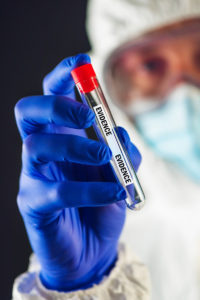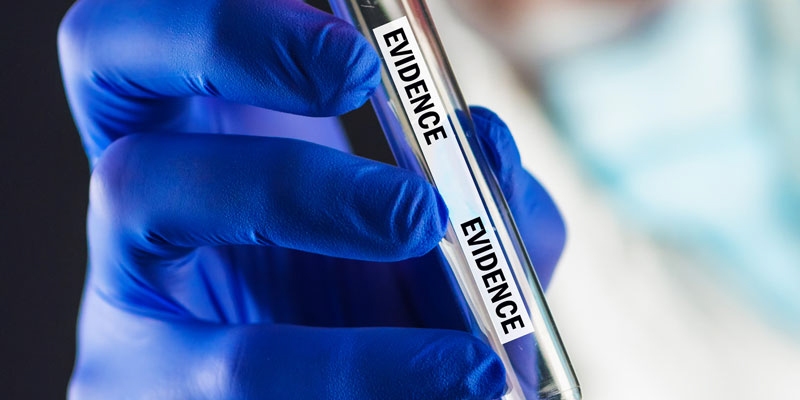
A recent study by Stanford biologists unearths new evidence that a limited selection of a person or animal’s genetic information is sufficient to significantly predict the contents of their DNA, which could have implications for working with incomplete or damaged sets of DNA, according to researchers.
Professor of Biology and senior author of the paper Noah Rosenberg was able to match over 90 percent of datasets comprised of 13 genetic markers to sets of 642,563 markers in which the sets of 13 were not included.
CODIS, or the what the Federal Bureau of Investigation (FBI) describes as its “program of support for criminal justice DNA databases,” formerly depended on these 13 markers before recently converting to a 20-marker system. The researchers reached 99 percent accuracy when they used datasets of 30 genetic markers.
Although these findings, published in Proceedings of the National Academy of Sciences, may assist wildlife researchers or archaeologists dealing with incomplete sets of DNA, Rosenberg told Stanford News that the results also have consequences for laws and practices surrounding genetic privacy.
In the past it was thought that small pieces of DNA could not be used to disclose any more information than they already contained. This idea justified legal decisions such as the outcome of Maryland v. King in 2013, when the Supreme Court allowed Maryland to continue “retaining DNA from anyone who’d been arrested there,” according to Stanford News.
Apart from the genetic markers used for forensic evidence, theoretically the contents of the owner’s DNA would remain private.
However, the results of this study cast doubt upon this belief. If different genetic markers from the same person are recorded in separate genetic databases, more of their genetic information risks disclosure, Rosenberg said. If forensic genetic systems with new marker sets were to be developed, it is possible that these sets could be matched with marker sets in older systems or that current marker sets could be matched between databases using different systems.
Even with potential privacy drawbacks, the findings grant some benefits to forensic scientists and others analyzing DNA samples. Researchers extracting DNA from scat, hair or archaeological sites may now be able to fill in the gaps in partial DNA samples. Further, they will be able to verify more closely whether an animal has been sampled in the past.
Additionally, forensic scientists frequently struggle to identify individual DNA at crime scenes (on a doorknob, for example). The current use of only 13 markers — or even 20 — allows for significant risk of matching false positives, whereas the new results provide the possibility of finding matches through a combination of new sets and old CODIS sets.
The results also allow for data-sharing between labs when samples are labeled differently but are actually the same in content — “a scenario that’s happened to me at least twice,” Rosenberg said.
Contact Elise Most at emost ‘at’ stanford.edu.
